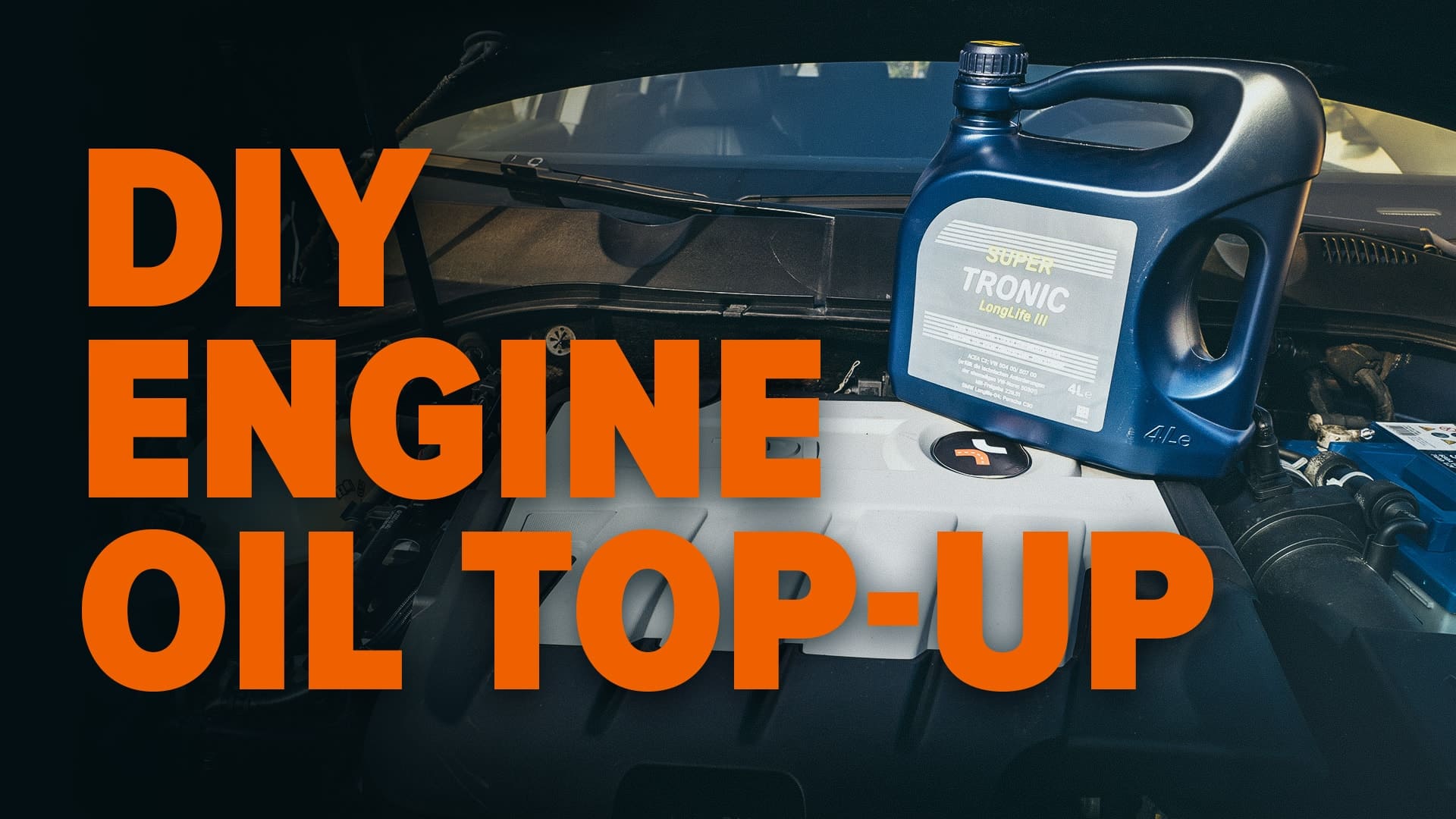
Motor oil is a lubricant used in engines to reduce friction between moving parts, prevent wear, and ensure smooth operation. It helps cool the engine by dissipating heat, cleans by removing contaminants, and protects against corrosion. It is available in various grades and formulations to suit different engine types and operating conditions and is essential for maintaining engine performance and longevity.
How to top up engine oil
Topping up the engine oil is necessary to maintain optimum engine performance. Follow these steps:
- Park the car on a level surface and switch off the engine. Allow it to cool for 10–15 minutes.
- Open the bonnet and locate the oil dipstick.
- Pull the dipstick out, wipe it clean, reinsert it fully and then pull it out again to check the oil level.
- Ensure the oil you top up has the same viscosity and brand as the oil already in the engine.
- Remove the oil filler cap, which is usually marked “oil”, a viscosity grade or an oil can symbol.
- Place a funnel in the oil fill plug.
- Pour in 100 ml of engine oil and wait 10 minutes for the oil to settle in the sump.
- Check the engine oil level using the dipstick.
- Continue adding 100 ml of oil at a time and checking the level until the recommended level is reached.
- Screw the oil filler cap back on tightly. Do not overfill; too much oil can lead to blown seals, carbon deposits, and catalytic converter failure.

How long to let the engine cool before adding oil
Let the engine cool for 10-15 minutes before adding oil. This allows the oil to settle and ensures accurate level readings. If you add oil to a hot engine, this can lead to inaccurate readings and the possibility of overfilling. Waiting also helps to prevent burning and ensures that the oil flows properly into the engine, which promotes better lubrication and performance.
Can you top up engine oil without draining it?
Yes, you can top up your engine oil without changing it completely. This is a standard practice to bring the oil level back to normal between oil changes. However, topping up is only a short-term solution and not a substitute for a proper oil change. To keep your engine in top condition and make it last as long as possible, it’s important to change the oil regularly. This gets rid of any contaminants and replaces the oil with fresh, clean lubricant.

How much engine oil to add
Engines typically require four to eight quarts of oil. The amount will depend on the size of the engine. For example, a 4-cylinder engine will usually need around four to five quarts, while a 6-cylinder engine may need six quarts. Larger engines often require more oil, so always check your owner’s manual for exact specifications to ensure correct maintenance.
How often should you top up engine oil?
It is recommended that you check your engine oil level monthly and top up as necessary. However, an oil change is typically required every 3,000 to 5,000 miles, depending on the make and model of your vehicle and the driving conditions. Regular oil changes and top-ups will benefit your engine, ensuring optimal performance and lifespan. Check your vehicle’s owner manual for specific recommendations tailored to your car’s needs.
When to top up the engine oil
Top up the engine oil when the level falls below the minimum mark on the dipstick. Remember to check the oil level regularly every month, or more often if your car has a high mileage or is used in harsh conditions. It’s also important to top up before long journeys to ensure optimum engine performance and avoid potential damage.
Recommended Article: Auto oil
What happens if you overfill the oil?
Overfilling the engine oil is a surefire way to cause foaming and increased pressure, which will inevitably lead to oil leaks and damage to engine components. The excess oil can be aerated by the crankshaft, which reduces lubrication efficiency and causes overheating. Failure to maintain the correct oil level can also damage seals and gaskets, which can potentially lead to costly repairs. You should always make sure that the oil level stays within the recommended range indicated on the dipstick to avoid any issues.
How much is an oil change?
The average cost of an oil and filter change in the UK is approximately £90. Prices can differ significantly between independent garages, national chains, and dealerships. Costs are generally higher in urban areas like London compared to other regions in the UK. Additionally, some garages may include extra checks and services, which can raise the overall cost.

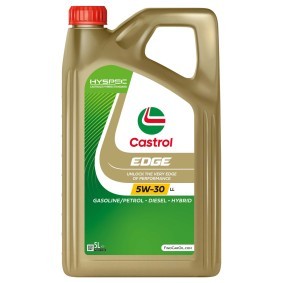

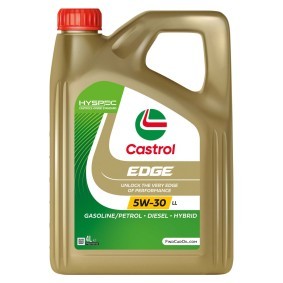

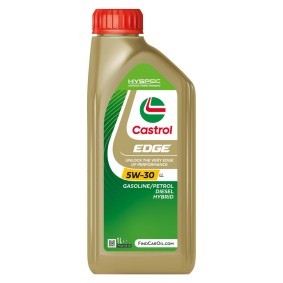



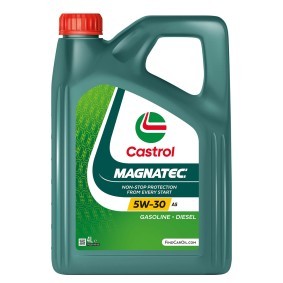




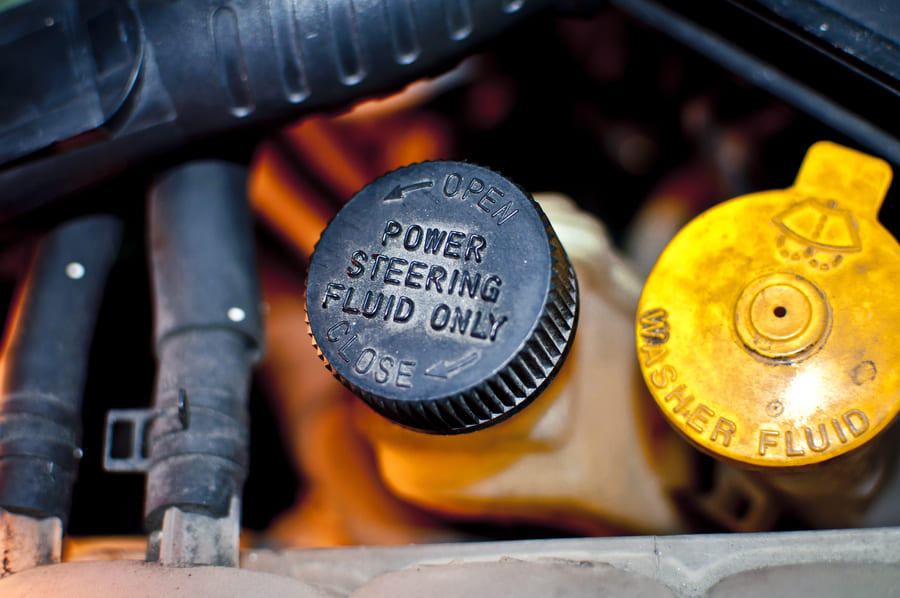
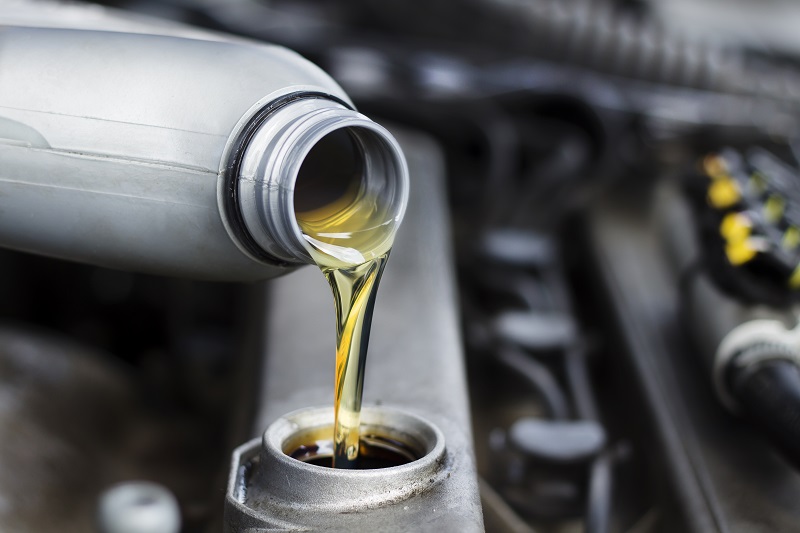


Comment